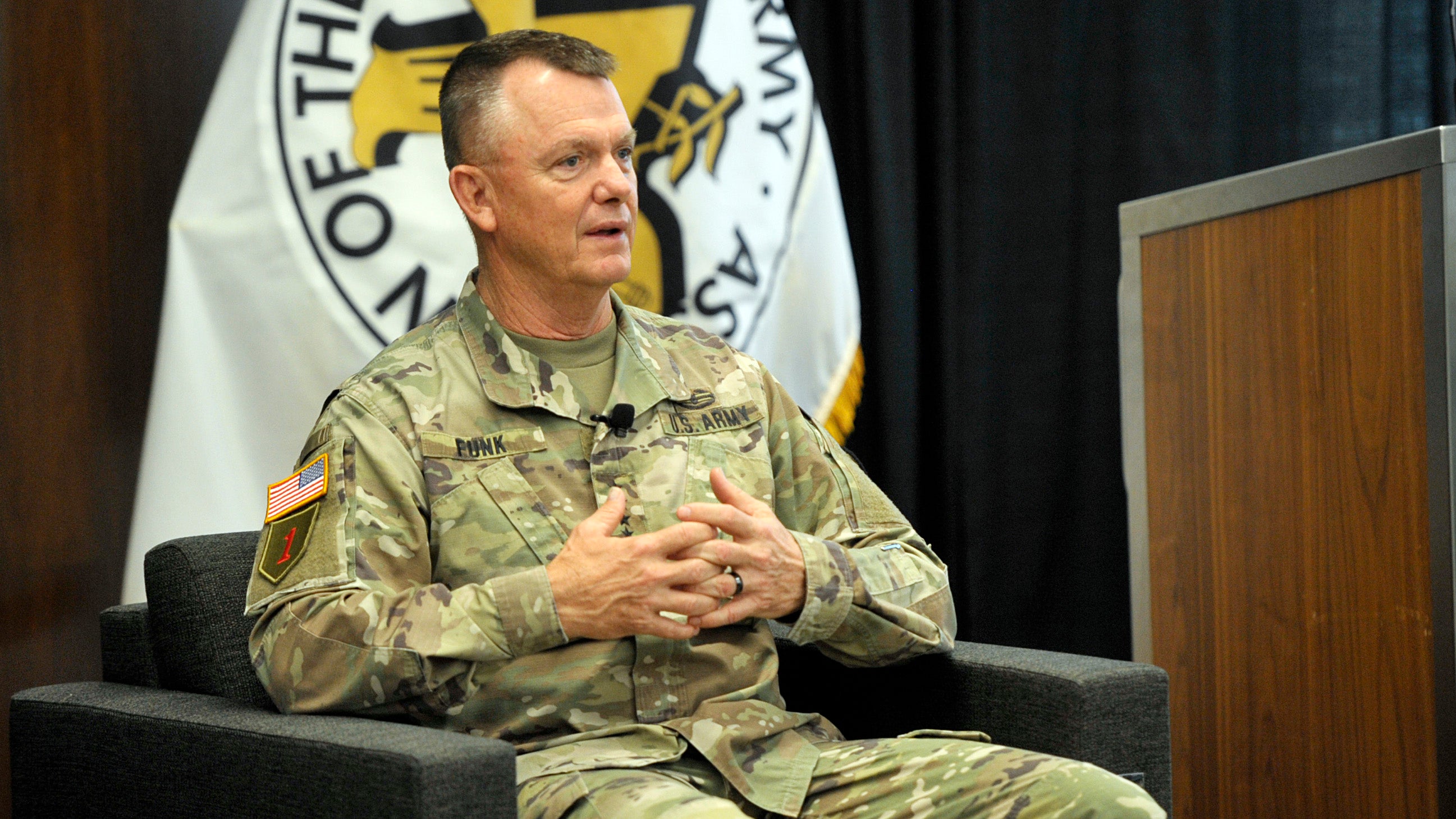Army Prepares 1st Arctic-Focused Doctrine in 50 Years

For the first time in more than 50 years, the Army is developing Arctic-focused doctrine to help soldiers contend with and operate in the harsh but increasingly competitive region.
Army Techniques Publication (ATP) 3-90.96, Arctic and Extreme Cold Weather Operations, will give soldiers information “to overcome the Arctic environment and succeed in temperatures as cold as -40 degrees Fahrenheit,” according to the Mission Command Center of Excellence. It is slated to be released in mid-2024.










